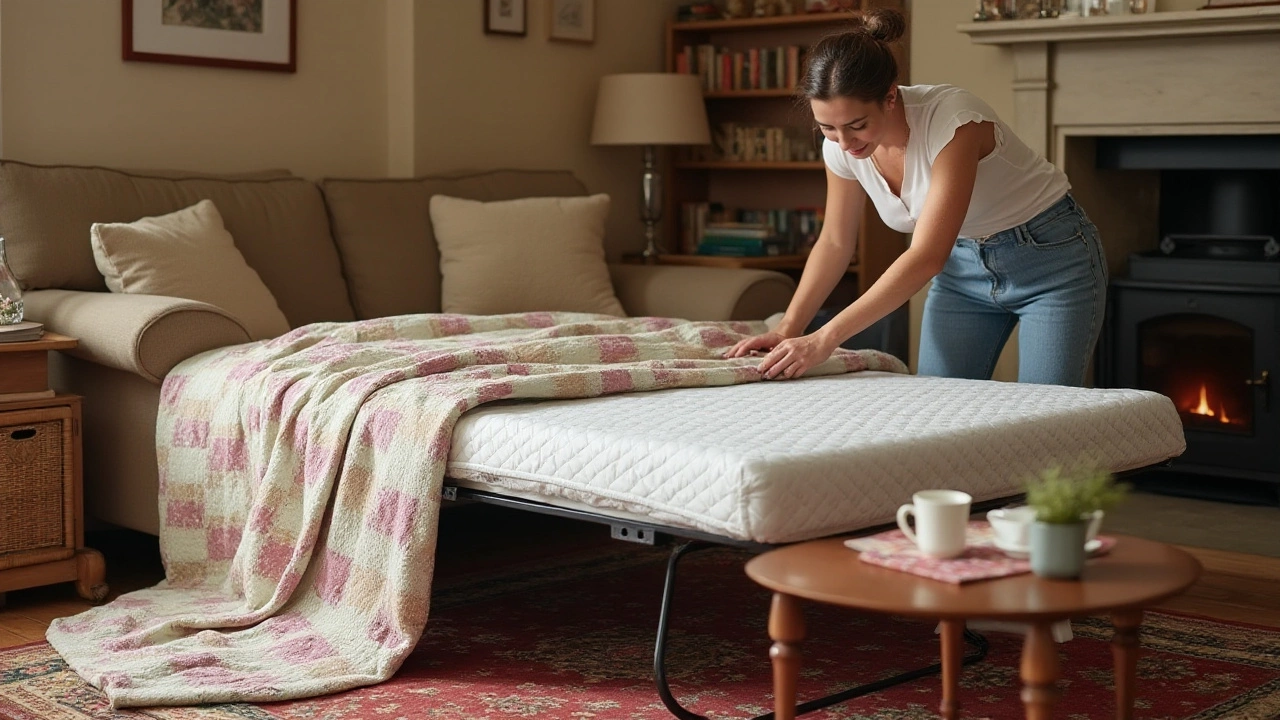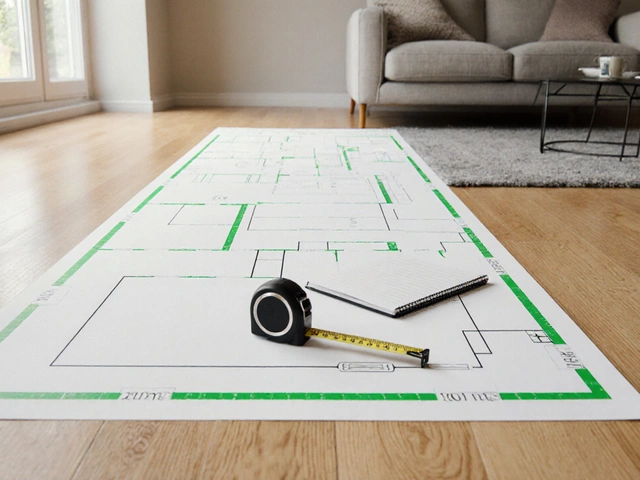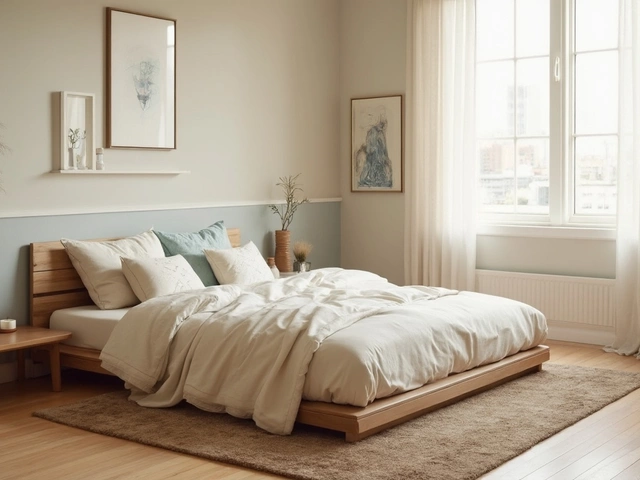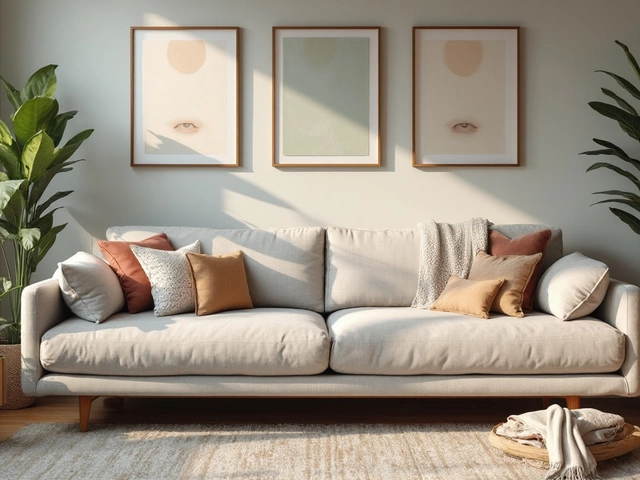Practical Tips for Picking and Caring for School Furniture
Setting up a classroom can feel like a puzzle. You need desks that don’t wobble, chairs that keep kids comfortable, and storage that survives daily use. Below are simple, no‑fluff pointers that help you choose the right pieces and keep them in top shape.
What to Look for When Buying
1. Ergonomics matter. A chair that supports a child’s spine reduces fatigue and keeps focus up. Look for seats with a slight curve and adjustable height if possible.
2. Durable frames. Steel or reinforced wood frames outlast cheap particleboard. Check the joint quality – bolts and metal brackets are a good sign.
3. Easy to clean. Smooth surfaces and removable fabric covers make wiping down spills quick. Vinyl or polyester fabrics resist stains better than linen.
4. Flexibility. Desks that can be re‑configured for group work or individual tasks give you more teaching options. Lock‑in wheels or folding legs add mobility.
5. The right size. Measure the classroom floor space and the average height of your students. Too‑big desks crowd the room; too‑small chairs force kids to slump.
How to Keep Furniture Looking Fresh
Even the toughest furniture needs a little love. Here are quick habits that extend life:
Regular checks. Scan for loose screws once a month. Tightening them early prevents bigger problems.
Spot cleaning. Wipe spills immediately with a damp cloth. For fabric chairs, a mild soap solution works without damaging the weave.
Avoid harsh chemicals. Bleach and abrasive cleaners can wear down finishes. Stick to gentle cleaners approved for the material.
Rotate seating. If possible, swap chairs between rows every term. This spreads wear evenly and lets you spot damage early.
Weather protection. Store any outdoor‑rated furniture under a cover during rainy seasons. Even indoor pieces benefit from a dry, well‑ventilated storage area.
Following these steps means you spend less on replacements and more on learning tools.
Need more ideas? Our blog covers topics like “How to Spot High‑Quality Chairs” and “Storage Furniture Ideas”. Each post digs deeper into specific pieces and gives you the exact criteria to watch for.
Remember, good furniture isn’t just about looks. It supports student health, improves behavior, and saves money over time. Use these tips as a checklist next time you shop, and you’ll feel confident that every desk, chair and shelf earns its place in the classroom.





